Black holes of varying sizes exist throughout the cosmos, but a few stand out due to their unique sizes, masses, and incredible characteristics. Phoenix A*, TON 618, and Holmberg 15a are among the most supermassive black holes known to exist. They can distort space and time and feed on anything that comes too close. Each of these resides at the center of a galaxy.
This article will provide an overview of Phoenix A*, TON 618, and Holmberg 15a, and compare and contrast their characteristics. By examining these three supermassive black holes, we aim to enhance our understanding of their characteristics, behavior, scale, and impact on the cosmic environment.
Overview of the three supermassive black holes:
A concise description of the Phoenix A*, TON 618, and Holmberg 15a is given below:
Phoenix A*:
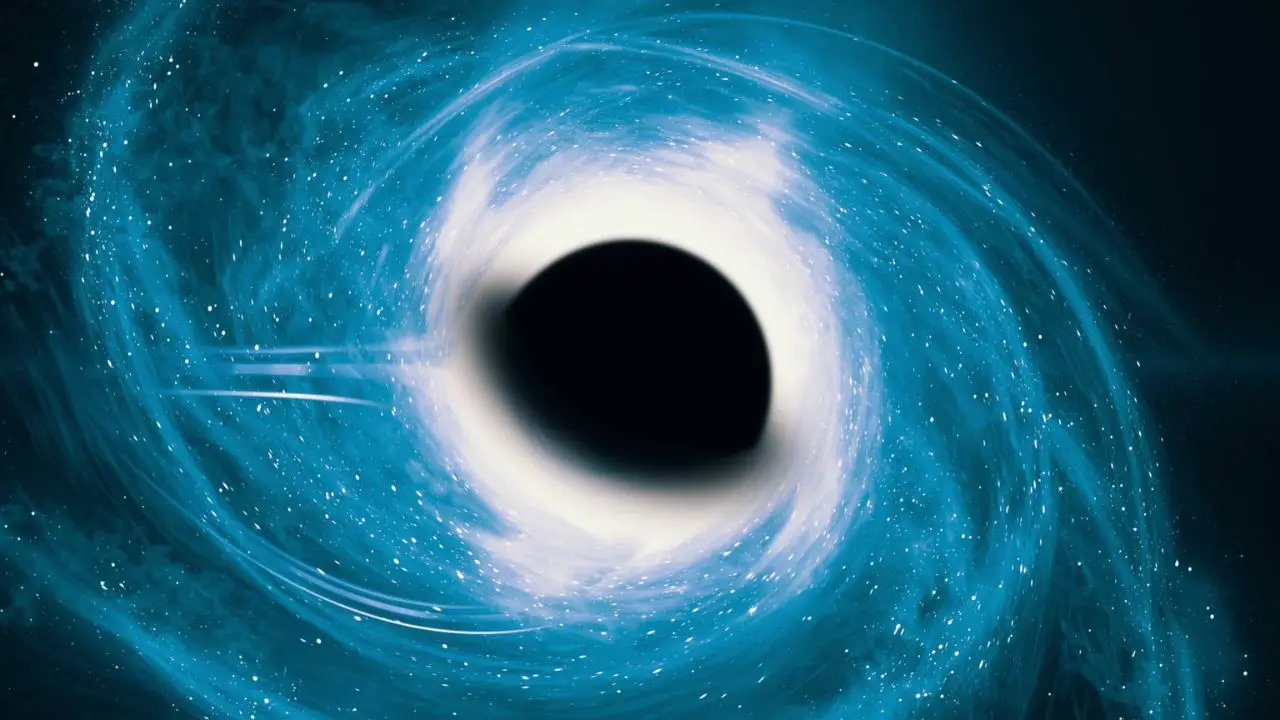
Phoenix A* black hole is a gigantic black hole located at the center of the Phoenix A* galaxy which lies about 5.8 billion light years from our Earth. The Phoenix A* galaxy is the central galaxy of the Phoenix Cluster, a galaxy cluster located in the Phoenix constellation. It is assumed that Phoenix A* is a non-rotating black hole. Like other black holes, Phoenix A* black hole not only eats stars but also boasts star formation in the Phoenix A* galaxy.
TON 618:
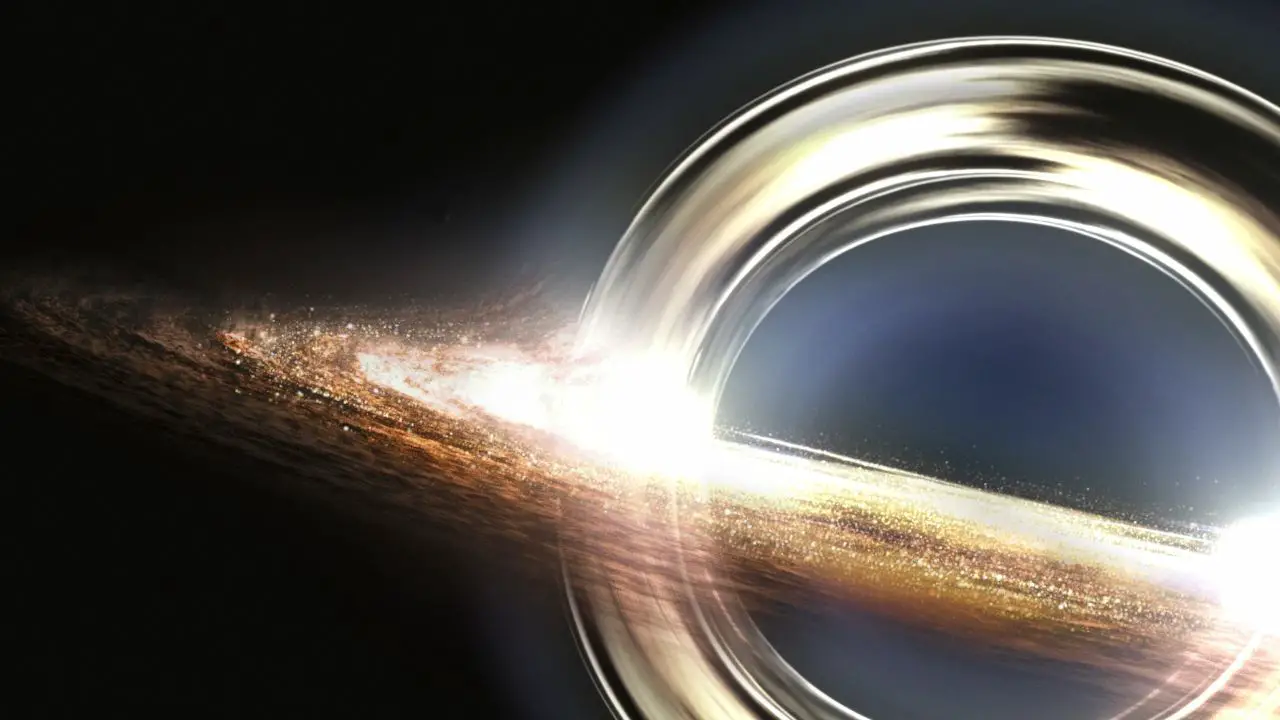
TON 618 is another ultra-massive black hole located in the center of a distant quasar, approximately 10.4 billion light-years away from Earth. This black hole has attracted significant attention due to its extreme mass and the fact that it powers one of the brightest known quasars. The quasar itself, TON 618, is named after the Tonantzintla Observatory in Mexico, where it was first discovered.
Holmberg 15a:
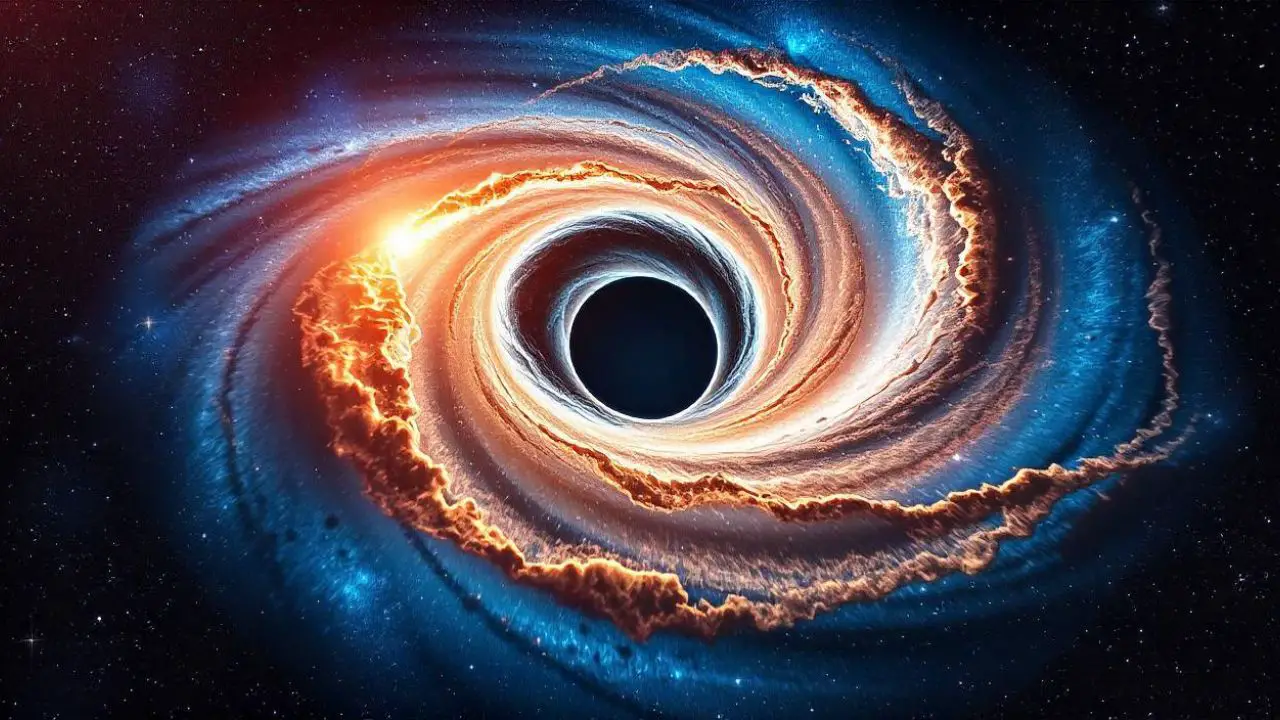
Holmberg is also a huge black hole that weighs about 40 billion solar masses. It lies at the center of the elliptical galaxy Holmberg 15A and 700 million light-years apart, in the Abell 85 galaxy cluster. This black hole is well-known for its large center and diffused nature, which is prodigious for black holes of their size. In contrast to the TON 618, Holmberg is not an active quasar because it is not consuming material to make itself quite big.
Phoenix A* vs TON 618 vs Holmberg 15a: A comparative analysis

🔬 Subscribe to SciMail
Get the latest science discoveries straight to your inbox!
Phoenix A*, TON-618 and Holmberg 15a differ greatly in terms of mass, diameter, size, temperature, level of activity, luminosity, and distance from Earth, each occupying a unique place in the cosmic hierarchy. A comparative analysis among them is made below.
Mass and scale comparison:
- The mass of these black holes is astonishing, but Phoenix A* stands out with a mass of 100 billion solar masses, and probably the largest in terms of its mass, but this is under research as the accurate mass estimates vary.
- TON 618’s mass ranges slightly lower, estimated to be around 66 billion solar masses.
- Holmberg 15a is close behind, weighing about 40 billion solar masses. Holmberg 15a is the smallest of the three black holes, though it is still massive among the other black holes in the universe.
Temperature comparison:
The temperatures of these supermassive black holes differ widely due to their unique nature, characteristics, levels of activity, and accretion processes.
- TON 618 is an active quasar surrounded by intense hot accretion disks whose temperature reaches millions of degrees Kelvin.
- Though Phoenix A* is not an active quasar, it has a hot environment because of the ongoing star formation processes in it. However, the temperature of its host galaxy is not as high as that of TON 618.
- On the other hand, Holmberg 15a is relatively cold as compared to these two because it is a dormant black hole that does not accrete material actively and emits far less radiation.
Distance from Earth comparison:
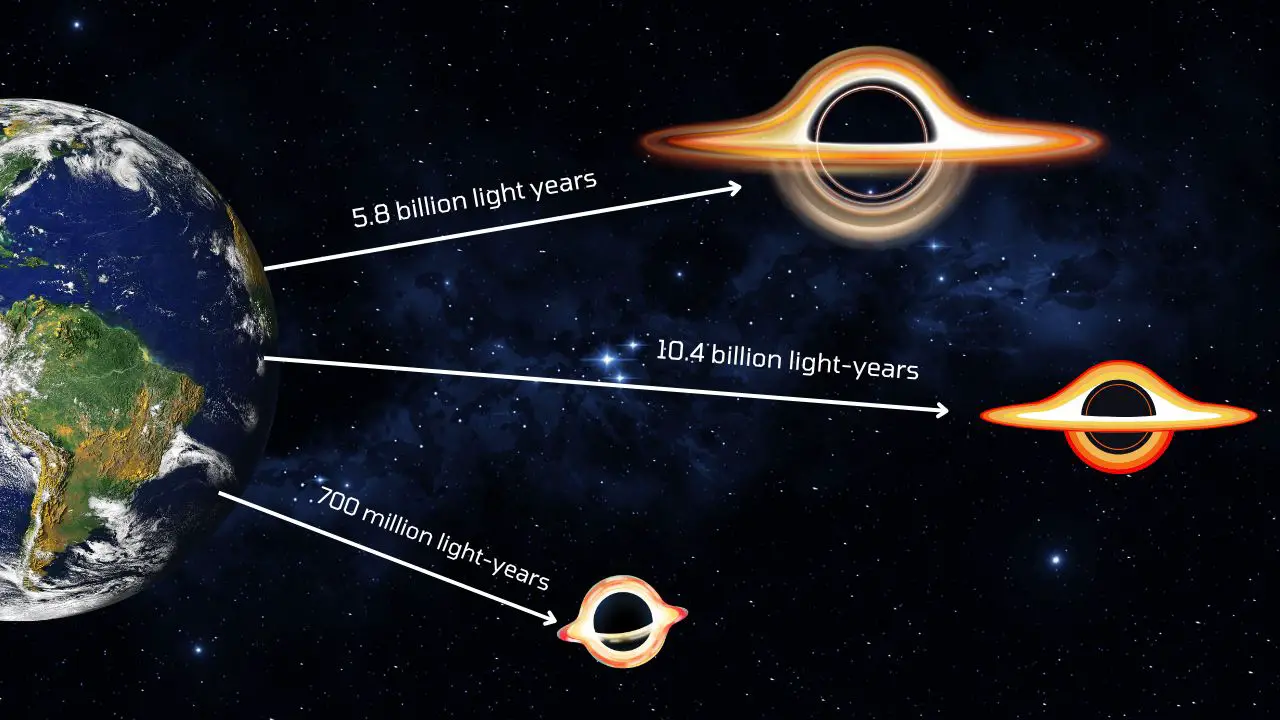
- Phoenix A* is a very distant entity in the universe and its light travels billions of years to reach us as it is situated approximately 5.8 billion light years from our Earth.
- TON 618 is at an even greater distance, around 10.4 billion light-years from Earth.
- In contrast, Holmberg 15a is relatively closer and resides at a distance of approximately 700 million light-years from Earth. Its closeness allows for a detailed study, but it is an evolved system that lets us get across the last stages of black hole and galaxy evolution.
Influence on the environment comparison:
- The Phoenix A* black hole consumes the surrounding dust and gasses. When these gasses spiral towards the Phoenix A*, a spinning disk of superheated matter is formed which is named as the accretion disk. This disk emits intense radiation across the electromagnetic spectrum, from X-rays to radio waves.
- While Holmberg 15a is an example of a fossil elliptical galaxy where the black hole has collected a large amount of material. As a result, the galaxy surrounding it appears less luminous and the stars’ formation has stopped.
- Because TON 618 is a quasar, it emits tremendous amounts of energy thus dramatically affecting its vicinity. It is known for generating strong radiation and star formation processes in its host galaxy.
Levels of activity & luminosity comparison:
- Phoenix A* black hole is not a quasar and does not emit visible light. But it has a unique star formation character. The gigantic gravitational pull of this black hole twists the light rays around it which generates luminous visual effects showing a colorful Phoenix A* black hole.
- TON 618 is a quasar in nature and is exceptionally luminous, emitting large amounts of radiation.
- Unlike TON 618, Holmberg 15A is a quiet black hole because it does not accumulate large amounts of material. Consequently, its surrounding galaxy is less vibrant. Its mass is intensified in a huge, less dense core than the other supermassive black holes.
Phoenix A* vs TON 618 vs Holmberg 15a: A comparison table
| Black hole | Phoenix A* | TON 618 | Holmberg 15a |
| Type | Radio Galaxy | Quasar | Quiet black hole |
| Location | Constellation Phoenix | Constellation Canes Venatici | Constellation Holmberg 15a |
| Mass (Solar masses) | ~100 billion | ~66 billion | ~40 billion |
| Distance from Earth | ~5.8 billion light years | ~10.4 billion light years | ~700 million light-years |
| Luminosity | Emitting powerful radio waves | Extremely luminous | Less luminous |
Phoenix A*, TON 618, and Holmberg 15a are supermassive black holes that share some common characteristics but display remarkable diversity in their sizes, masses, diameters, luminosities, activity levels, and influences over environments. Each of these massive black holes gives valuable insights into cosmic evolution, whether it is Phoenix A* with an extraordinary potential for star formation, a quiet but massive black hole Holmberg 15a, or a highly luminous quasar TON 618 with rapid accretion disks. Further research can deepen our understanding of these cosmic figures and their influence on the universe.

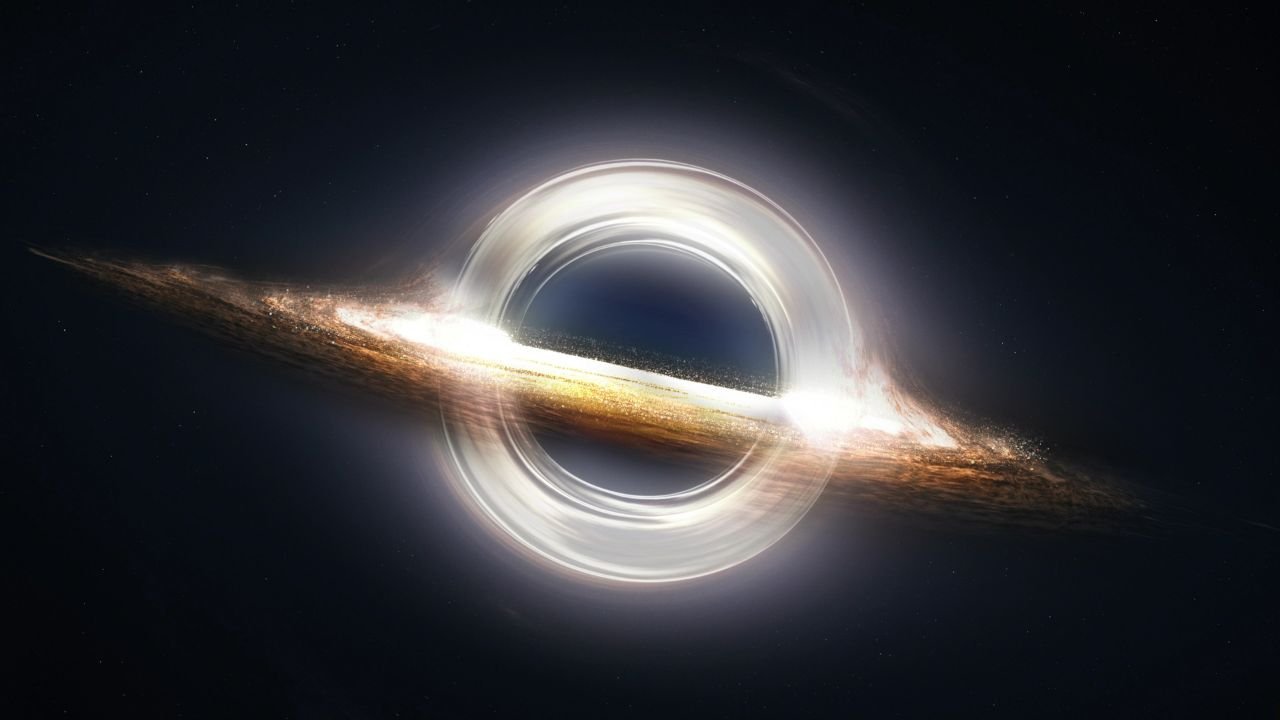
Leave a Reply